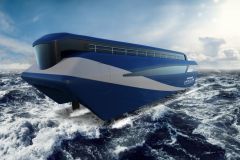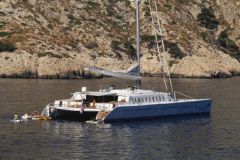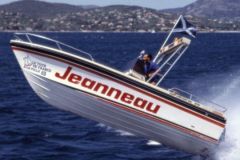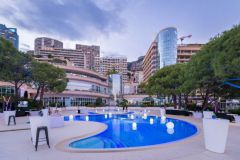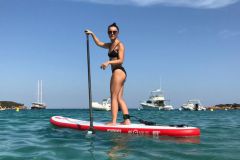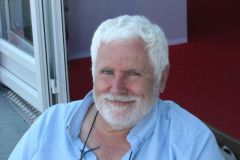A demanding journey
Race To Alaska, created in 2015, follows the trail of pioneers and Indian tribes. Starting in Port Townsend, Washington, the prologue connects Victoria, British Columbia. This is qualifying for the race itself which joins Ketchikan in Alaska at 1400 km. The navigators evolve on a water at 10°C. The strong currents between the Canadian islands and the icy gusts coming down from the mountains make the ordeal extremely demanding on boats and organisms.
No assistance, no engine
The rules are reduced but extreme. Competitors are not entitled to any assistance, neither technical nor for food. However, they have the right to stop wherever they want and buy what they want.
Any boat without a motor can compete. Rowing and sailing are therefore the two preferred propulsion modes. Here are some original competitors of 2016, like Mathieu Bonnier and his Lite XP already mentioned in these columns.
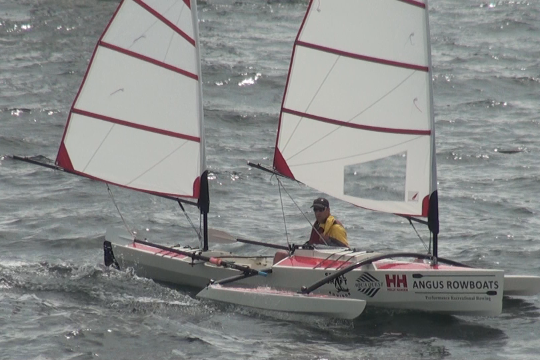
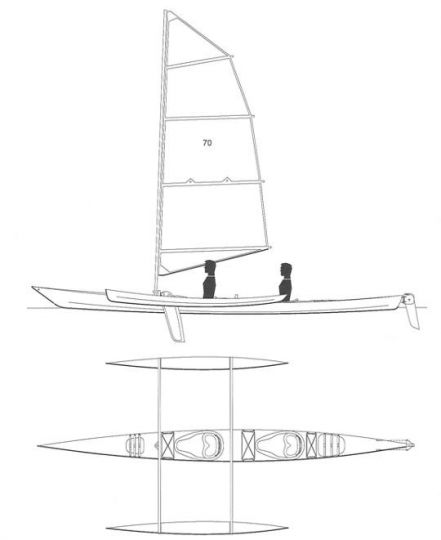
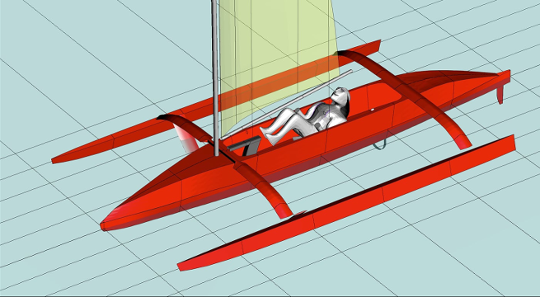

A naval architecture laboratory
While in 2015 it was a fairly conventional trimaran that won, the event brought together many very diverse boats. Among the competitors at the end, there are a kayak, beach catamarans, a dory and even a canoe with pendulums at the 7th place. Many boats have been specifically adapted to couple sail and mechanical propulsion such as paddling or rowing.
In 2016, the Frenchman Mathieu Bonnier will line up with a specially designed sail and oar trimaran, as mentioned in the article on the Lite XP. There is also a Stand Up Paddle.
A very successful 2015 edition
The first test was extremely well attended. Out of 35 registered, only 15 arrived in Alaska. The success seems to continue in 2016 with 34 registered. Larry Ellison who had been challenged by the organizers seems to be late for registration...








